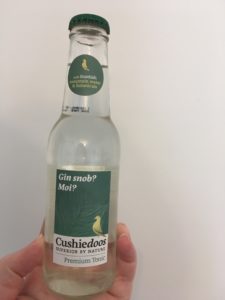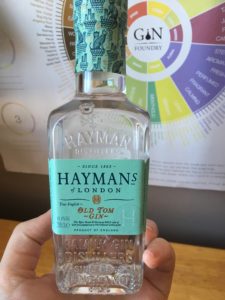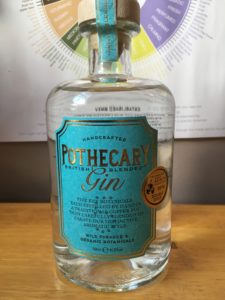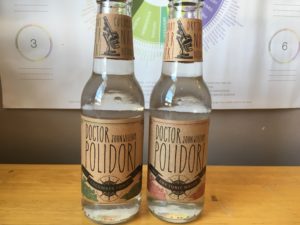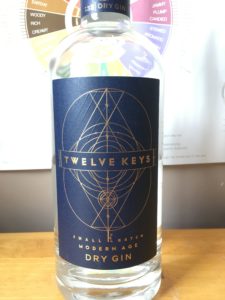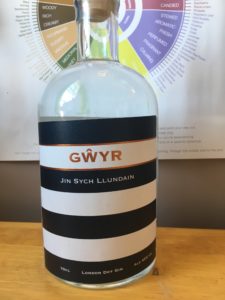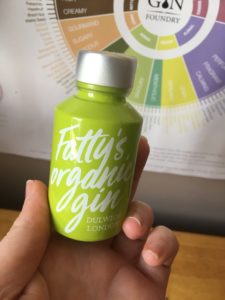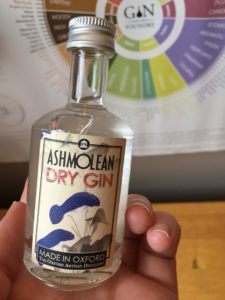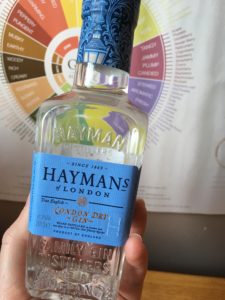Note: I contacted the Horse Guards gin team and they kindly sent me a sample to try, but as always, I’ll let you know what I really think.
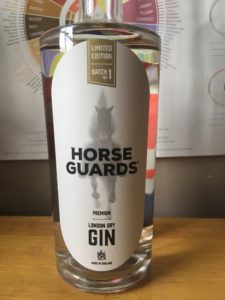 Horse Guards gin is inspired by the Horse Guards, a group set up by King Charles II in 1661 to provide him with a higher level of protection. During the span of the Horse Guards time, it’s produced a number of pioneers (aka Colonel Frederick Gustavus Burnaby who was the first person to make a hot air balloon trip from England to France and Christina Broom who became the first female press photographer in the UK) whose sense of adventure inspired the team behind the gin. They lead with juniper and balance it with citrus (orange and grapefruit) and a hint of spice from some cardamom.
Horse Guards gin is inspired by the Horse Guards, a group set up by King Charles II in 1661 to provide him with a higher level of protection. During the span of the Horse Guards time, it’s produced a number of pioneers (aka Colonel Frederick Gustavus Burnaby who was the first person to make a hot air balloon trip from England to France and Christina Broom who became the first female press photographer in the UK) whose sense of adventure inspired the team behind the gin. They lead with juniper and balance it with citrus (orange and grapefruit) and a hint of spice from some cardamom.
